
Reduction gears, often referred to as the heartbeat of precision machinery, play a pivotal role in the field of Computer Numerical Control (CNC) machining. These mechanical marvels are responsible for the accurate and controlled motion that is synonymous with high-quality manufacturing. In CNC machines, where precision is paramount and tolerances are measured in microns, the performance of the reduction gears directly impacts the final product's quality. This article delves into the specific roles and applications of reduction gears in the CNC machining sector.
The Function of Reduction Gears in CNC Machines
Reduction gears in CNC machines are tasked with the crucial job of reducing the speed of the electric motors while simultaneously increasing the torque. This is achieved through a system of gears that includes a drive gear, driven gears, and often a gear train. The reduction gear's ability to convert high-speed, low-torque input into low-speed, high-torque output is essential for the precise control of machine tools.
Precision and Control
In CNC machines, precision is everything. The reduction gears ensure that the machine's axes move with exact control, whether it's the linear motion of the cutting tool or the rotation of a spindle. The high torque output from the reduction gears allows the machine to maintain this precision even under heavy loads, which is particularly important in heavy-duty machining operations.
Applications in CNC Machining
-
Spindle Drive Systems: The spindle is the heart of any CNC machine, and reduction gears are critical in its drive system. They reduce the high-speed rotation of the motor to the lower speeds required for the spindle while increasing the torque needed for cutting operations.
-
Linear Motion Axes: CNC machines often use ballscrews or belts to convert rotational motion into linear motion. Reduction gears can be used to drive these mechanisms, providing the necessary force and speed control for precise positioning of the cutting tool.
-
Rotary Tables: In CNC machines with rotary tables, reduction gears are used to ensure smooth and precise rotation, allowing for complex parts with multiple sides to be machined accurately.
-
Tool Changers: Automatic tool changers in CNC machines rely on reduction gears to provide the rapid yet controlled motion needed to switch tools quickly and accurately without losing precision.
Advantages in CNC Machining
The use of reduction gears in CNC machining offers several advantages:
- Increased Torque: The ability to increase torque while reducing speed allows CNC machines to perform heavy-duty cutting operations with ease.
- Smooth Operation: Reduction gears ensure smooth and jerk-free motion, which is critical for maintaining the accuracy of the machining process.
- Efficiency and Durability: High-quality reduction gears are designed for long-term use and provide efficient power transmission, reducing energy consumption and extending the life of the machinery.
- Versatility: Reduction gears can be adapted to a wide range of applications within the CNC machining process, making them a versatile component in the manufacturing toolkit.
In conclusion, reduction gears are indispensable in the CNC machining field, providing the necessary speed reduction and torque increase for precise and controlled machine operation. Their role in spindle drives, linear motion axes, rotary tables, and tool changers is vital for achieving the high standards of precision and quality expected in modern manufacturing. As technology continues to advance, the integration of reduction gears in CNC machines will remain a cornerstone of efficient and accurate production processes.
 English
English Deutsch
Deutsch Русский
Русский Español
Español
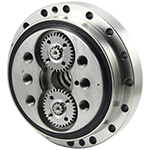
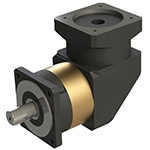
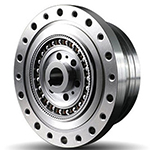
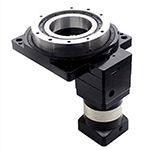
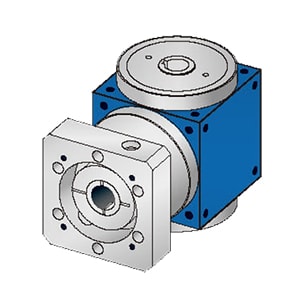
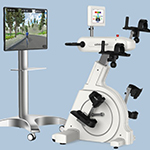
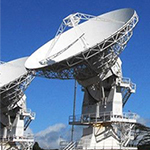
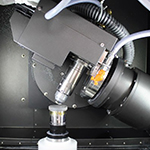
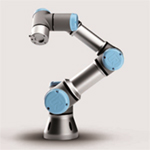
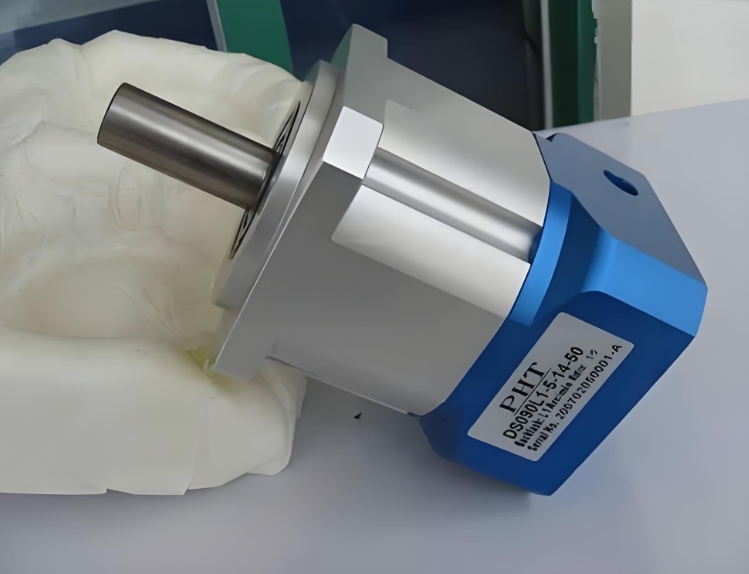
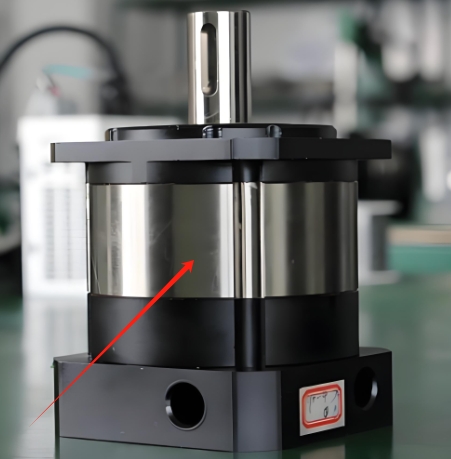
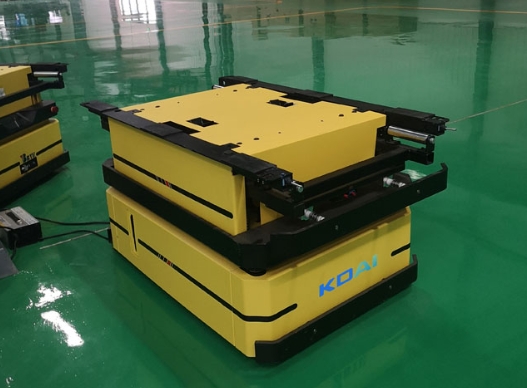
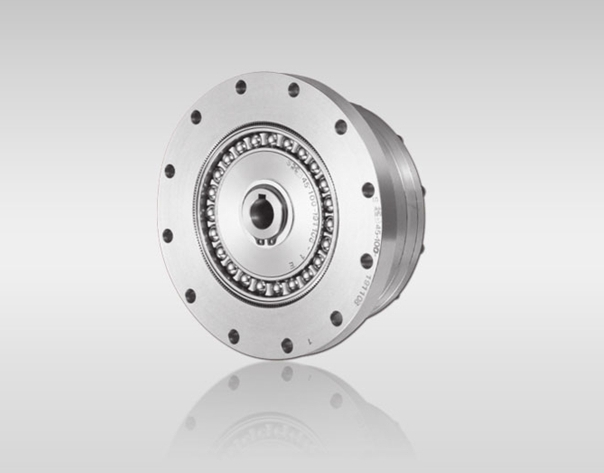
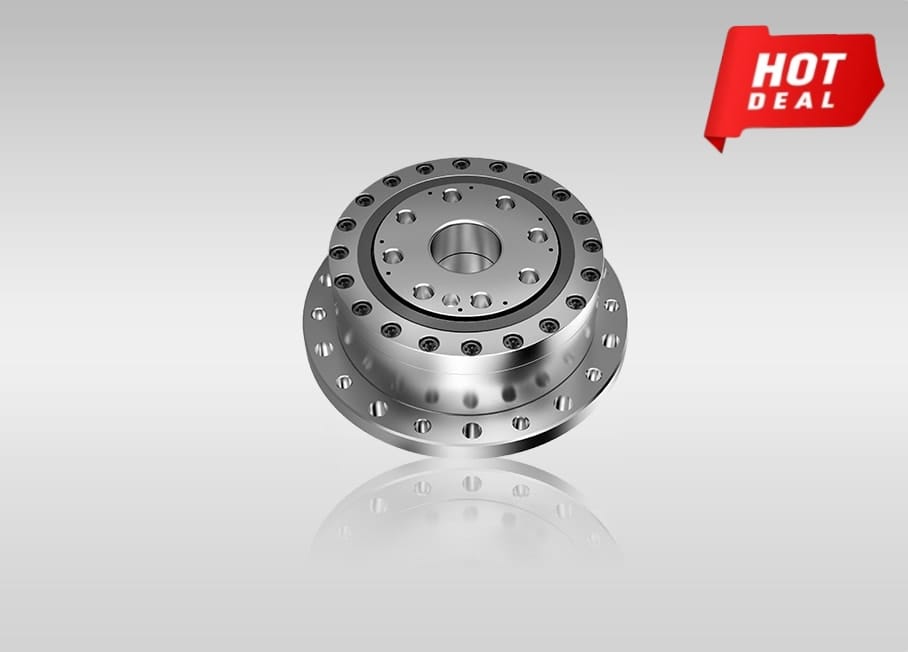
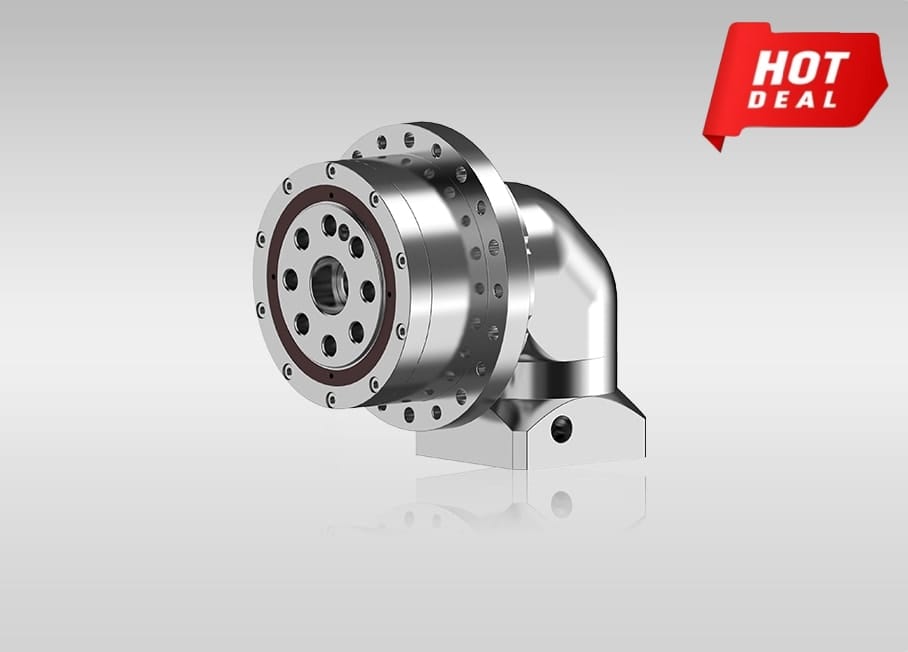
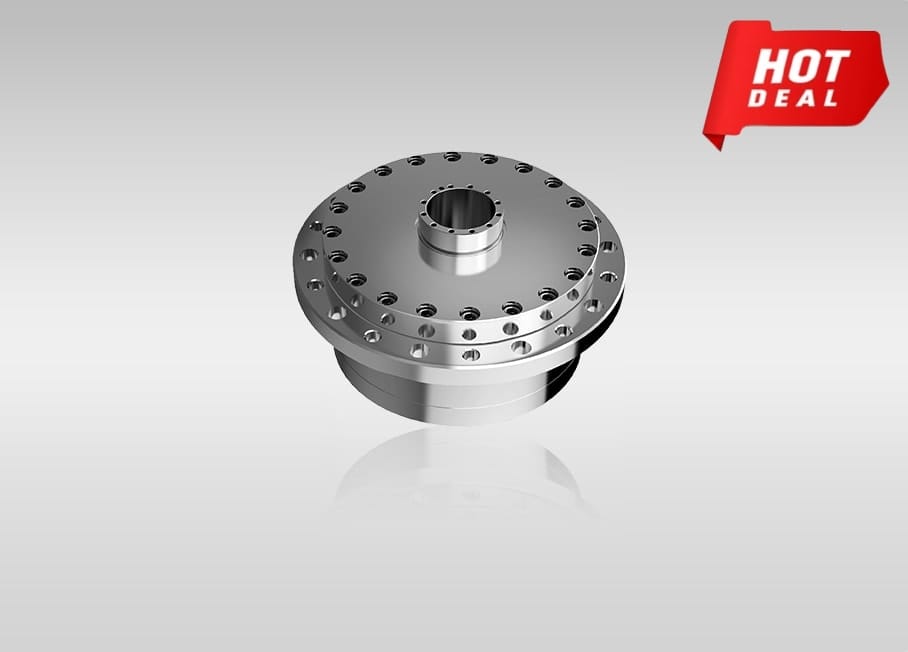
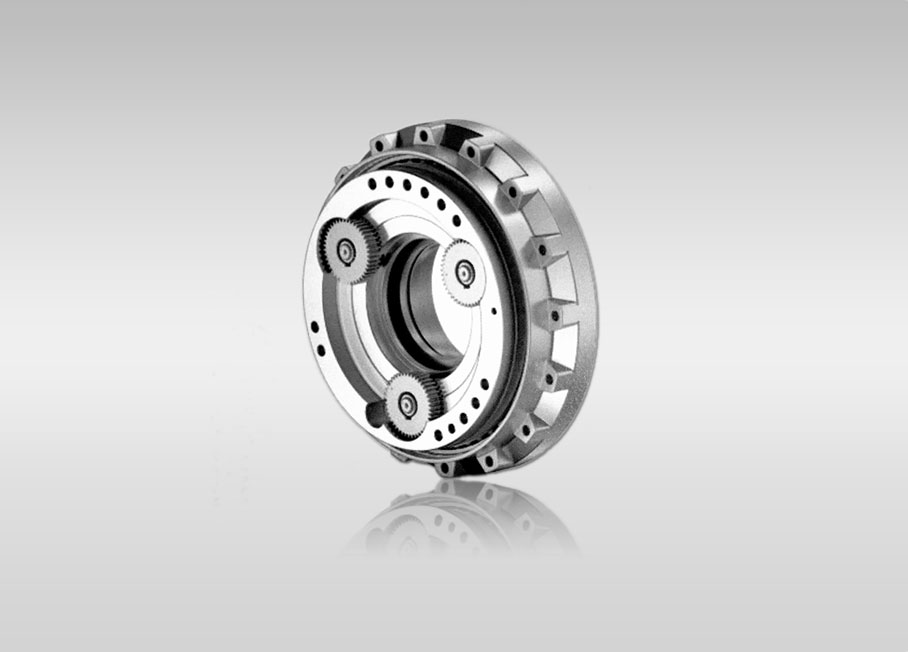
Quote Now